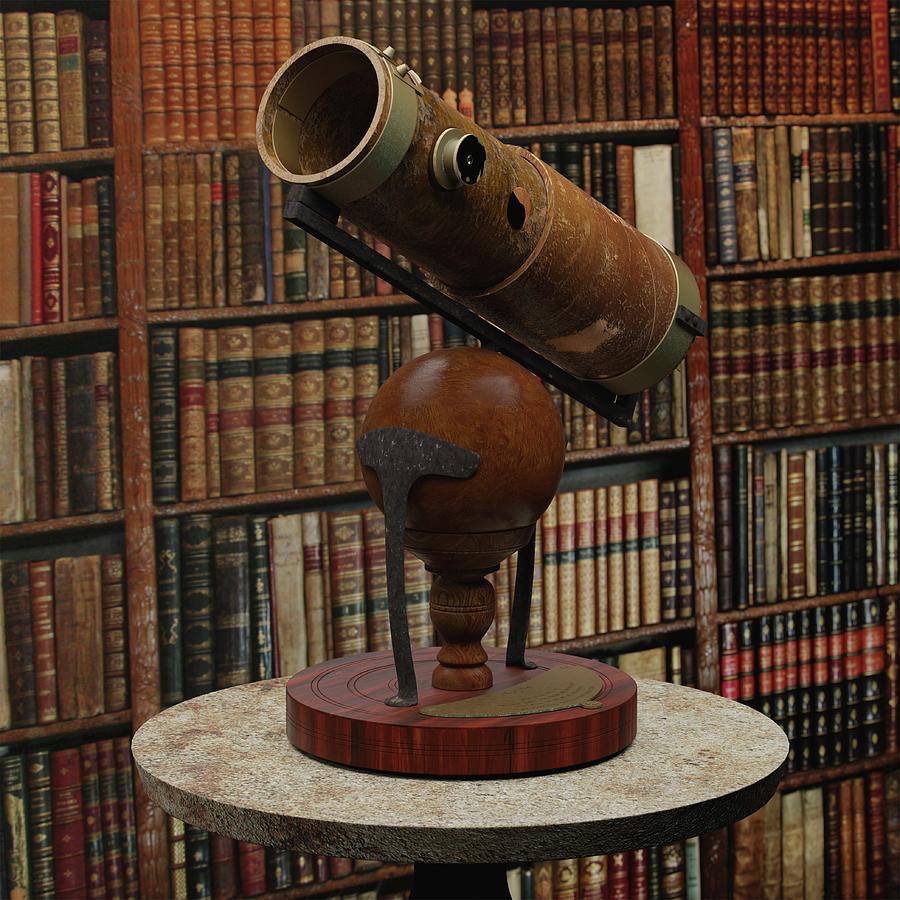
We have both those occasions and nothing more. This implies that these are the only two times that Neptune was putting Galileo's drawings. And this really implies, and we're seeing just just two things in 16. And we see the Galileo's drawing show that he observed Neptune in 1612, and again in 1613. Okay, so we see 1613 in this first sentence. Well, let's scan the passage for where 1613 is mentioned. Galileo showed no interest in Neptune after 1613. So we're going to say that that's actually not a correct inference. The passage does not explicitly say that Neptune and all of the other planets were equally difficult to detect because of Galileo's small telescope. But on the GRE that's too much of a leap. Maybe they all behave similarly enough in retrograde but Galileo's telescope couldn't detect any planet. All planets have certain recognizable traits in the sky. Now, the question is does Neptune equal any planet? Well, here in real life, you can make an inference that Neptune is a planet.

So what we do know is a Galileo's telescope was too small to detect the motion of Neptune in retrograde. Well, what's the planet? The planet is the planet Neptune. And they say the motion of the planet was too slight to be detected by Galileo's small telescope. Well, they talk about Galileo's small telescope. The first one, Galileo's telescope was too small to detect the motion of any planet in retrograde. So let's take a look at each of these proposed inferences. Okay, hopefully you've looked over everything by now. So if you could pause the video, read the passage, see if you can spot which of the influences are correct and which are incorrect, and then we'll talk about this. And you want to figure out which of these influences actually would be influences under the rules of the GRE. And then we have three inferences or proposed inferences. So right here we have this example GRE reading comprehension passage about Galileo. How close? Well, let's look at an example. They have a very close relationship with the statements that are in the passage. So because inferences are the only logical extension of what has already been stated. They are the only logical conclusion you can draw based on the facts that are stated in the passage. No, what it is, is GRE inferences are inevitably, inescapably true. GRE inferences aren't just kind of half presumed to be true, this might be true. At the same time, although an inference isn't directly stated in a GRE RC passage, an inference can be assumed to be true, based on the text. So an inference will never simply be a restatement of something in the text. So in GRE reading comprehension when you're asked to identify the inference among answer choices, an inference is something that is not directly stated in the text. And of course the GRE has different rules for inferences and what counts as an inference. Now, as you may have noticed the GRE is not real life. So that's the real life definition of inference.

Anything that you think might be true, based on information you've taken in. Outside of the GRE in real life an inference can be just about anything. Well, what is an inference? Well, there are two definitions of an inference.

So an inference question requires you to identify an inference. More importantly though, let's talk about what inference questions really do and require of you. Make note of those phrases because they'll help you recognize inference questions on test day. And inference questions can be identified by a number of common key phrases that you can see here. Okay, so today what we're going to be looking at is inference questions.


 0 kommentar(er)
0 kommentar(er)
